
To the farmhouse and beyond: connecting Australian ag
Today is National Agriculture Day, celebrating the “everyday extraordinary efforts of our farmers and all that is good about Australian agriculture”.
And with every one of us owing our existence to one of Australia’s 300,000 farmers, it’s a day well-worthy of recognition.
Our farmers produce the food and fibre that we, and up to 75 million people globally, rely on each day to survive.
When not in my role here at nbn, I run a cattle enterprise on my property on the Mid North Coast of New South Wales.
As a farmer myself, I might be slightly biased but, as I see it, there’s certainly plenty that’s good about Australian ag.
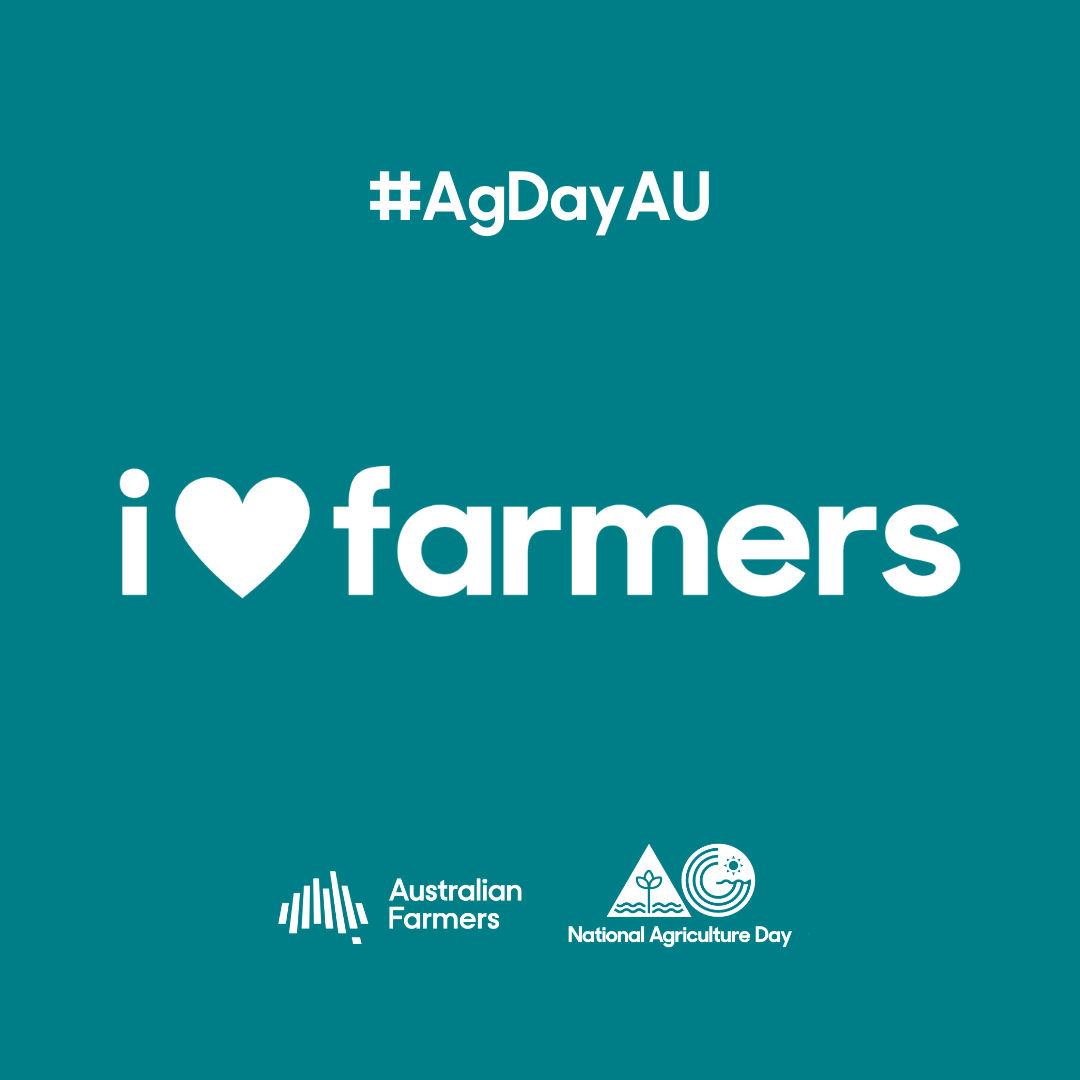
Supporting ag through innovation
Eighteen months ago, Australian agriculture set itself a big target – growing the industry’s value of production from around $60 billion to $100 billion by 2030.
If the industry is to achieve its goal of becoming Australia’s next $100 billion industry by 2030, a target set by the National Farmers’ Federation (NFF) and endorsed by government, industry and peak bodies, the right on-farm technology and digital innovation is vital.
At nbn, we have been working closely with the wider agriculture industry, government and peak bodies to identify ways to improve adoption of digital agriculture and to make it easier for people to get connected.
To help us better understand the opportunities for Australian ag, we commissioned research to quantify just how nbn can support the sector by helping to raise its digital literacy and capability.
Released in September this year, the Connecting Australia: Future of Farming report outlines the economic benefits of internet-enabled technology for the agricultural sector.
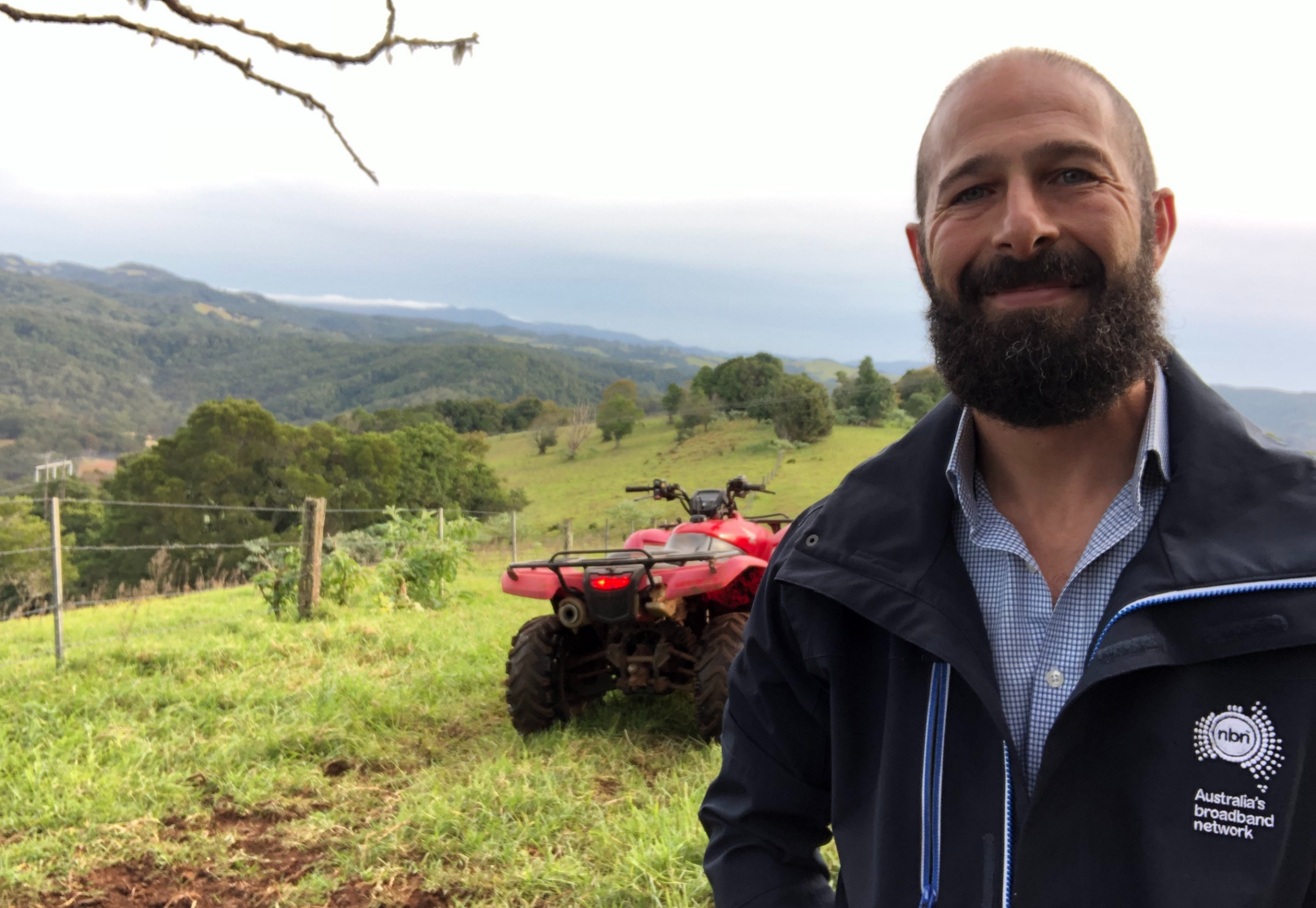
The research, conducted by economics and analytics firm AlphaBeta, shows internet-enabled digital ag technology could add up to $15.6 billion in additional value of production – an increase of 20 per cent – by 2030.
Importantly, if the sector is to achieve the $100 billion by 2030 target, digital is essential to the outcome.
AgriFutures Australia research shows that maintaining a ‘business as usual’ approach will see the industry’s value of production fall short of the target by $15.7 billion.
A critical enabler of success, therefore, is the wider spread and increased adoption of digital technology throughout Australian agriculture – and the nbn™ network can be a key supporter of this vision.
Connectivity, data remain key to adoption
In a series of roundtables convened following the release of our research, nbn continued to listen carefully to industry feedback about how to boost digital capability in Australian ag.
Moderated by respected agribusiness and regional advocate, Robbie Sefton, the discussions focused on the digital priorities for Australian ag and identified the lingering challenges – chief among them is improving people’s knowledge about digital innovation and technology, and the availability of services over the nbn™ network in regional Australia.
The Future of Farming Roundtables Report, released today, shares that nbn and the sector are determined to work towards the shared goal of harnessing the potential of agtech and overcoming connectivity access and data issues to increase agricultural outputs in line with the NFF’s 2030 Roadmap.
Building better understanding about the way farmers can connect to the nbn™ network, including the potential capability to extend coverage beyond the farmhouse and into the paddock, will be essential to the sector realising the potential of Roadmap 2030.

How connected innovation can help
According to Future of Farming, just some of the ways internet-enabled technology can benefit the sector includes saving each farm worker up to two hours and 45 minutes each week through enhanced automation, and delivering a 7 per cent saving for fertiliser and chemical costs, through enhanced precision application.
There are environmental benefits too.
Better connected water infrastructure not only saves water, it’s good for productivity. Less runoff means reduced loss of topsoil and, crucially, reduced fouling of waterways.
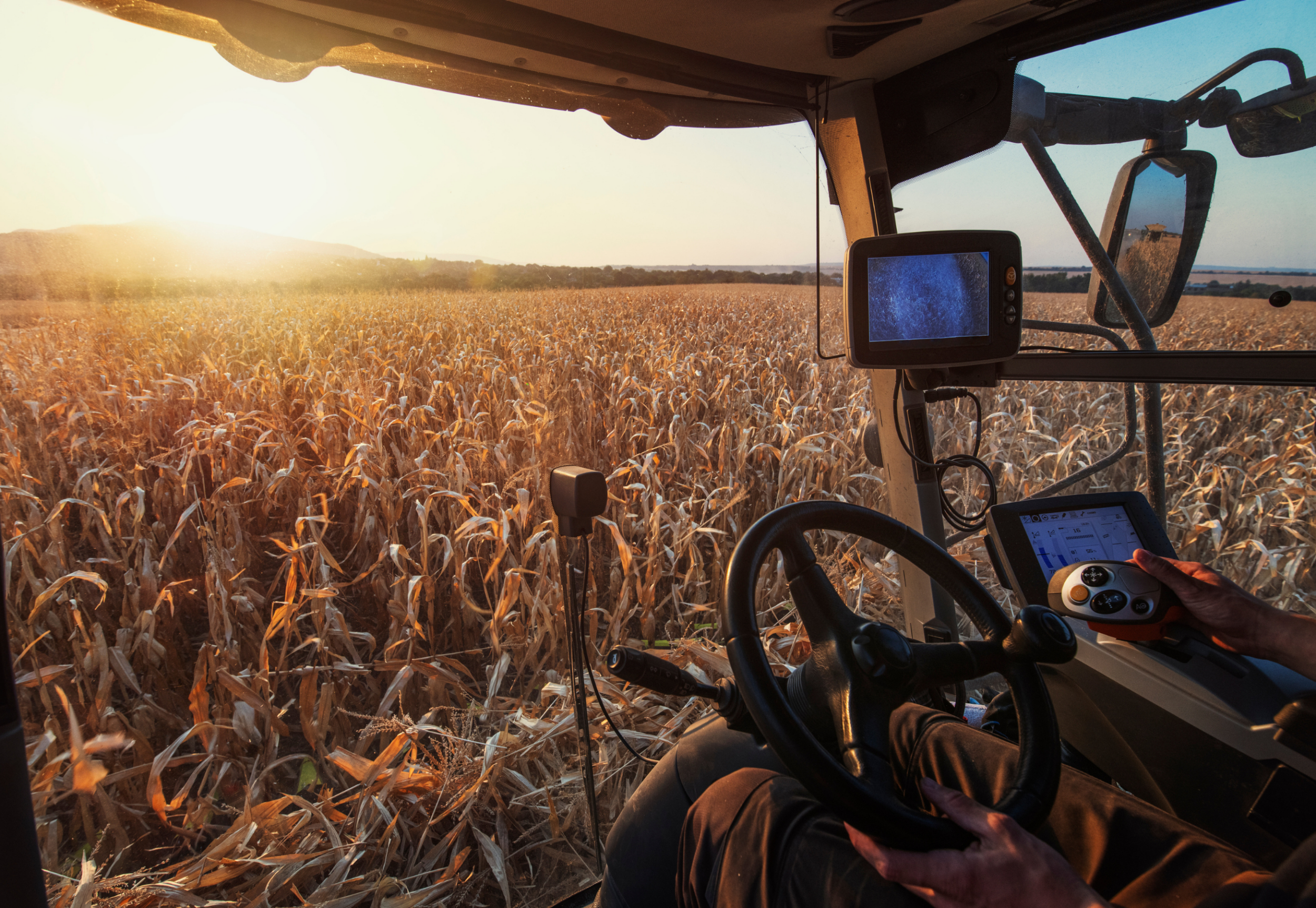
As farmers emerge from the ravages of drought, particularly across Australia’s east coast, now is the time to consider how digital agriculture can help unlock new opportunities.
At nbn, we want to help Australia’s farmers experience the kinds of potential benefits identified in our research.
Using our network, we know that we can be an important partner in farming.
We know there are 85,000 farm offices that we can help to get connected – and while a farm office may look different to an office in a major city, it’s nevertheless a highly productive workspace that demands (and deserves) connectivity.
nbn and Australian ag
Already, right across Australia, farmers and their workers, farm advisors and the farming supply chain are increasingly using digitally enabled devices to help manage herds and pasture, grain stocks, and chemical and fertiliser needs.
Not to mention movements in commodity prices and the weather.
Whether using a digital weather station or rain gauge, monitoring water lines and points in the paddock, or measuring pasture growth and in-field weighbridges with moisture gauges, services over the nbn™ network can, through our retail service providers, help support your digital farm plan.^
Using connected sensors on my farm, I can keep an eye on stock movements, availability of water at troughs, monitor pasture growth, and observe visitors entering my property. All of this allows me to balance my responsibilities as a farmer with my role at nbn.^
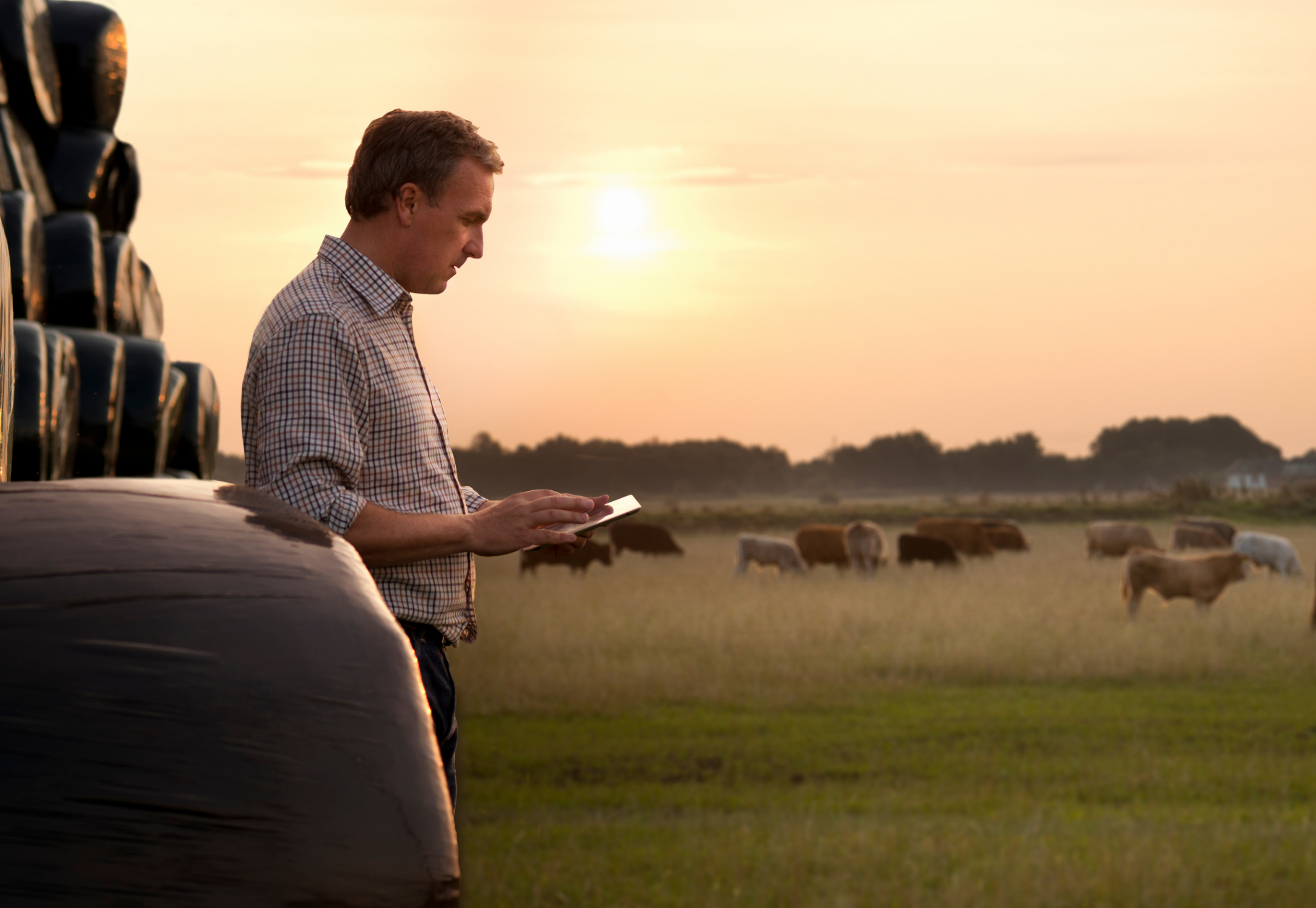
Importantly, connecting to the nbn™ network doesn’t have to stop when you walk away from the farmhouse.
With properly installed and connected mesh networks, repeaters and other such devices, you can stay connected right across your property – no matter how big or small it is.^
Connecting your home farm is just the first step – in fact, whether you live on the property or you have an out paddock located elsewhere, nbn can provide you with access to satellite services to help keep you connected to your remote paddocks if you are in the nbn™ satellite footprint.
Five things for farmers to consider
When it comes to your farm’s digital journey, there are five important points to consider:
- How can I connect and what connectivity is needed to enable my operations?
- Where can I save time and make money by digitally automating processes or collecting relevant data in real time?
- What am I already doing in digital ag and how can I do more using the skills and capabilities I already have?
- Which devices and tools can I deploy to bring my digital ag vision to life?
- Now that I have this data and information, what can I learn about my business and how can it help me grow more with less?
Get more information about connecting your business.

Getting connected
The research – including our nbn™ Future of Farming Roundtables Report – indicates the potential benefits connectivity can bring to Australian agriculture.
In the coming months, nbn will continue to work closely with the agriculture sector to increase the adoption and proliferation of digital ag tech on Australian farms.
With our nbn™ Sky Muster™ satellite network, we can help connect farm businesses to the world.
And in some areas, your farm may be eligible to connect to our Fixed Wireless network.
We’re also upgrading our network.
Eligible premises in more than 85 towns and cities across regional Australia may soon benefit from improvements in access to our fixed line connections, designed to give them greater access to connectivity and help encourage digital parity with metropolitan areas.
Just one of the ways this may help Australia’s ag sector is by supporting regional food manufacturers and processors to do more in regional areas, while helping ensure processing can occur close to the paddocks from which the food came.
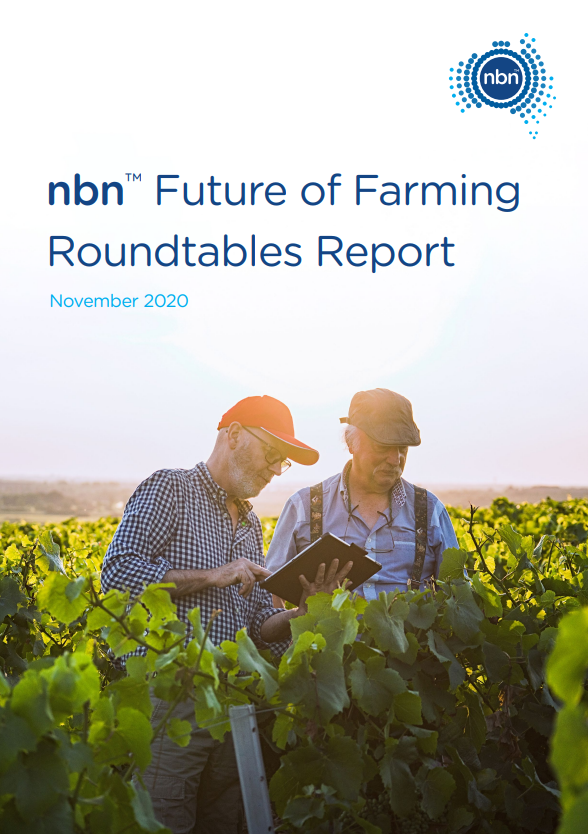
Our commitment to the sector is also demonstrated through a renewed strategic partnership with the NFF, as well as regular engagement with governments, rural research and development corporations, peak industry bodies, and tech developers and entrepreneurs.
This month, too, we’re giving agtech innovators the chance to receive up to $25,000 in grants through our Innovate with nbn™ Grants Program.
Finally, we’re proud to have a dedicated agriculture lead, Robert Hardie, working in the organisation to further our work in the sector and the positive on-farm outcomes that connectivity can bring.
It’s a great feeling to be helping connect Australia’s agriculture – to the farmhouse and beyond.
* nbn™ Future of Farming Roundtables Report, November 2020
≠The Cost of Digital Inequality in Regional Areas
^ An end customer’s experience, including the speeds actually achieved over the nbn™ broadband access network, depends on the nbn™ access network technology and configuration over which services are delivered to their premises, whether they are using the internet during the busy period, and some factors outside of nbn’s control (like their equipment quality, software, chosen broadband plan, signal reception, or how their provider designs its network). Speeds may also be impacted by the number of concurrent users on the nbn™ Fixed Wireless network, including during busy periods. Satellite end customers may also experience latency.

